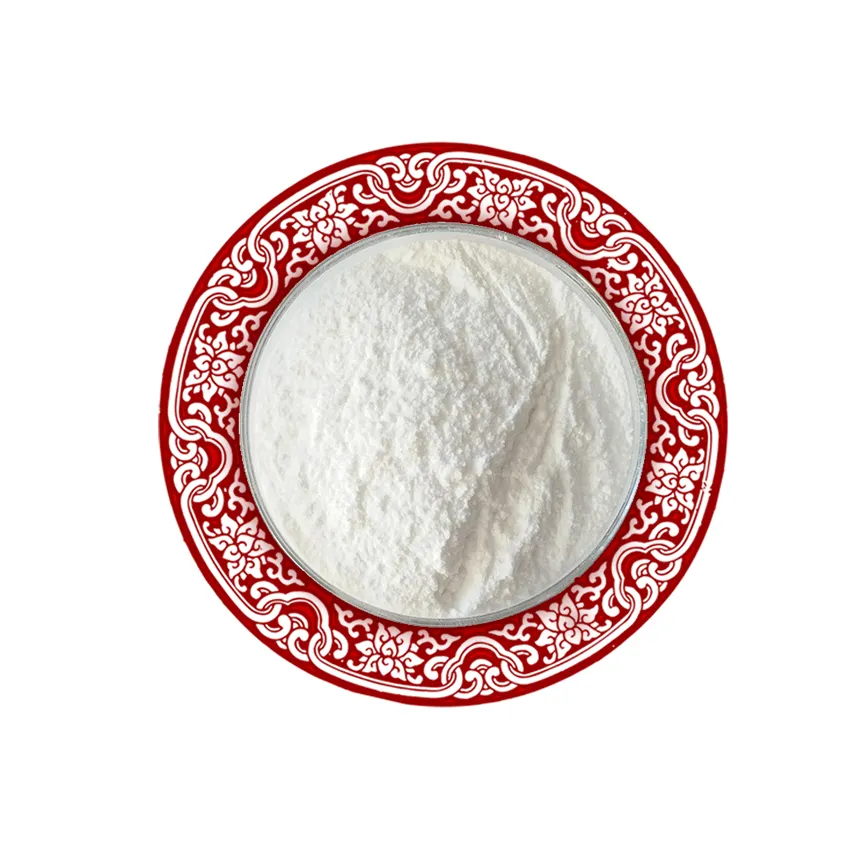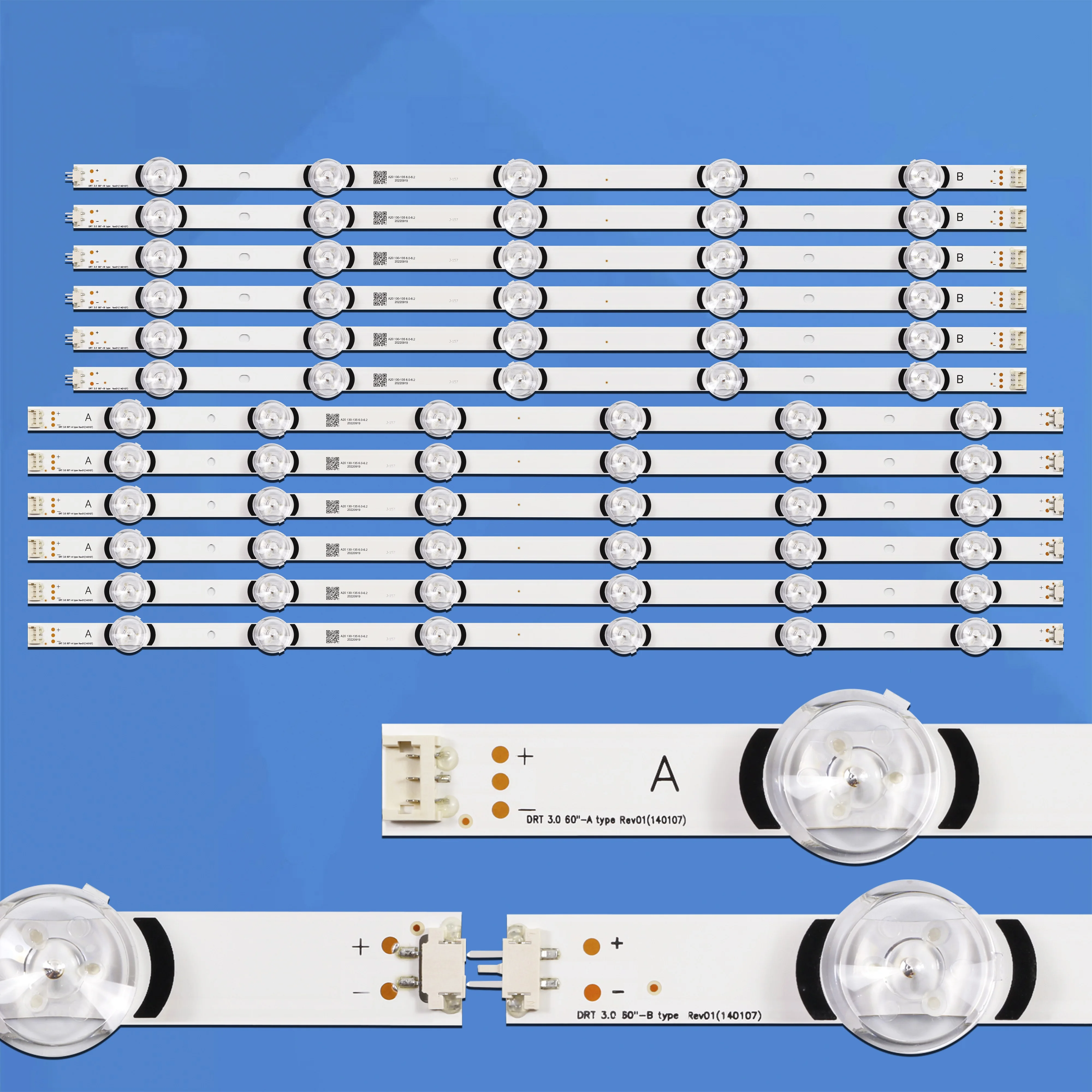Тиоцианат белый CAS медицинский порошок сорт хлопьев оригинального типа название продукта место модель натрия промышленный стандарт применение
- Категории: Cyanide & Cyanate >>>
- Поставщик: HOME,AND,ABROAD,TRADING,PTY,LTD
Поделиться:
Описание и отзывы
Характеристики
We are a South African based reputable company with a large supply capacity of Sodium Cyanide briquette (NaCN) 98% Min Purity used to dissolve and separate.
We as the supplier confirm and agree that our Enterprise is able, willing and ready to supply your company or buyer our Sodium Cyanide briquette (NaCN) 98% Min Purity used to dissolve and separate to any country Worldwide.
Commodity: Sodium Cyanide briquette (NaCN) 98% Min Purity used to dissolve and separate
PACKING
1,In 50kgs iron drums lined with PE bags. Normally in black & blue color, also can be painted according with customer’s request.
2,In 1000kgs wooden boxes,with inner woven bags & PE bags.
Product detail description
Sodium Cyanide (NaCN) 98%: Cyanide, in the form of a very dilute sodium cyanide solution, is used to dissolve and separate gold from ore.
Sodium cyanide cost contributes an estimated 5% towards cash costs for most mining companies, and it is tied to long-term profitability. As a result, a reliable, low-cost sodium cyanide supply partner is an important part of any gold mining company.
Find out more about how to import Sodium Cyanide from South Africa...
Proven Knowledge and Experience
We are committed to efficiency & safety, and we have been exporting sodium cyanide for the past 10 years. Our export market is mostly in Africa with majors customers in Zimbabwe, Tanzania, Sudan, South Africa, Ghana, and other resource-rich countries.
Sodium Cyanide Import procedures
As a Sodium Cyanide supplier, we assist our clients to comply with export laws from South Africa.
Our End Users and importers are required to provide their "Import permit license" and "End-user Certificate" declaring the specific application. Depending on the jurisdiction the "Import permit license" is usually issued by the ministry of mines, while the miner or importer must provide the “End-user Certificate”.
The licensing process requires 30 days before we can commence the first shipments.
Solid Sodium Cyanide Quality Specifications
Sodium cyanide (NaCN) minimum purity 98% +/- 1%
Sodium hydroxide (NaOH) maximum weight % = 0.4%
Average briquette weight = 18–20 grams average
Briquette size = 40 x 30 x 20mm
Molecular Formula: : NaCN
CAS Number: 143-33-9
Physical Properties
Appearance: white solid/briquettes
Odor: odorless
Boiling point: 1497 °C
Melting/freezing point: :562 °C
Specific gravity: 1.6-1.62 @20°C
Flashpoint: 1500 °C
pH: 9.3 - 9.5
Sodium Cyanide Quality – Chinese Sodium Cyanide Vs. Korean Vs. Australian and other sources
Sodium cyanide itself is a commodity; the molecule is a fungible commodity. Our Sodium Cyanide is EXACTLY as our competitors, whether Korean, Australian, or others.
Whether it is packaged in blue, white, black, or red drums, the quality is identical!
Our End Users
Our sodium cyanide is used for:
Leaching (tank leaching and heap leaching) ore flotation of base metals (e.g. copper, lead, zinc) and In the electroplating and metal (case) hardening industries Find out more about how to import Sodium Cyanide from China...
Product application
Synonyms: Glacial acetic acid; Acetic acid solution; acetic acid 50%; acetic acid, of a concentration of more than 10 per cent, by weight, of acetic acid; Acetic Acid Glacial BP; Natural Acetic Acid; Acetic acid (36%); Acetic acid, food grade; Acetic Acid Glacial; GAA; Acetic Acid, Glacial
It is a colourless liquid that when undiluted is also called glacial acetic acid. It has a distinctive sour taste and pungent smell.
Acetic acid uses: Additive in industrial explosives in Mining.
Other uses include use of acetic acid in the production of vinyl acetate monomer, acetic anhydride and ester production.
Chemical gassing agents -In the case of emulsion explosives, using Acetic acid can accelerate the gassing process. The chemically gassed emulsions may take 40 50 minutes for completion of gassing within the blast holes, particularly when the emulsion is colder.
In cases where acetic acid is used, it is added to the emulsion prior to gassing, the desired amount of acid is mixed in the emulsion, before adding the gasser.
A gassing solution comprising sodium nitrite in water together with the selected enol compound and acetic acid is introduced into the emulsion explosive at the blast hole by entraining the gassing solution into a stream of the emulsion explosive using pumps.
The solution pH is an important parameter in the gassing of emulsion explosives due to the high cost associated with acid addition therefore a pH value should preferably be maintained at 4.1 or below.
Product composition
Identifiers
Abbreviations: AcOH
CAS number: 64-19-7
PubChem: 176
Chem Spider: 171
UNII: Q40Q9N063P
EC number: 200-580-7
UN number: 2789
Properties
Molecular formula: C2H4O2
Molar mass: 60.05 g mol
Appearance: Colourless liquid
Odor: Pungent/Vinegar-like
Density: 1.049 g cm
Melting point: 16 to 17 °C; 61 to 62 °F; 289 to 290 K
Boiling point: 118 to 119 °C; 244 to 246 °F; 391 to 392 K
Solubility inwater: Miscible
Acidity (pKa): 4.76
Basicity (pKb): 9.198 (basicity of acetate ion)
Refractive index(nD): 1.371
Viscosity: 1.22 mPa s
Dipole moment: 1.74 D
Product handling
TRANSPORT INFORMATION
Transport-UN 2789
Hazard Class No. : 8
Packing Group: II
H.S. Code: 2915211900
STORAGE & HANDLING
Stable at room temperature in closed containers under normal STORAGE & HANDLING and handling conditions. Refer to SDS sheet
PACKING
Packing type: Tons/FCL
IBC Drums: 18tons/FCL
30kg Drums: 21tons/FCL
200Kg drums: 16tons/FCL
Environmental impact
Acetic acid biodegrades readily under both aerobic and anaerobic conditions.
Acetic acid does not absorb light with wavelengths >290 nm(4), and is not expected to be susceptible to direct photolysis by sunlight(SRC).
Incase of spillage neutralize spill with soda ash or lime.
If you are a Buyer or Buyers mandate, we invite you to contact us and experience our services.
For more information please feel free to contact us and our sales team professionals will get back to you ASAP in connection to your inquiry and will gladly offer product details for your review.
Best Regards
Sales Department






















